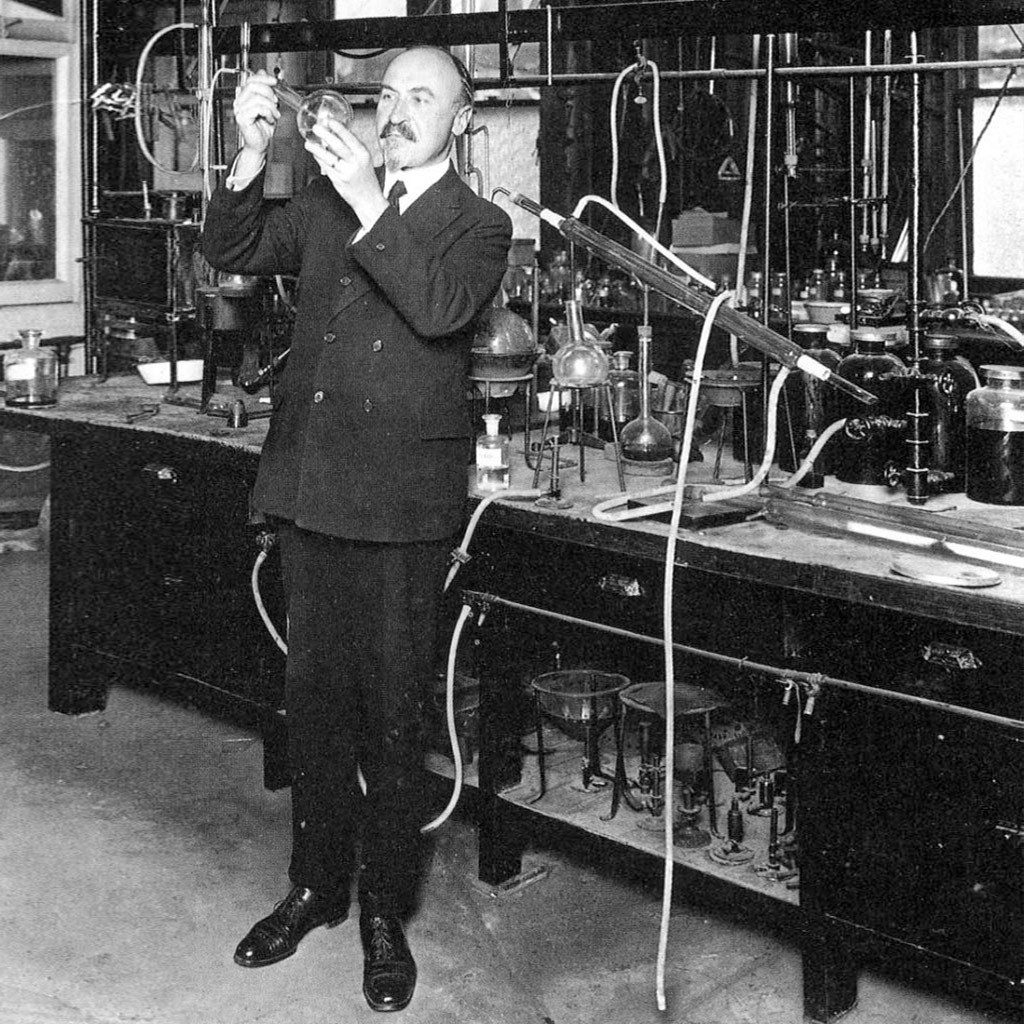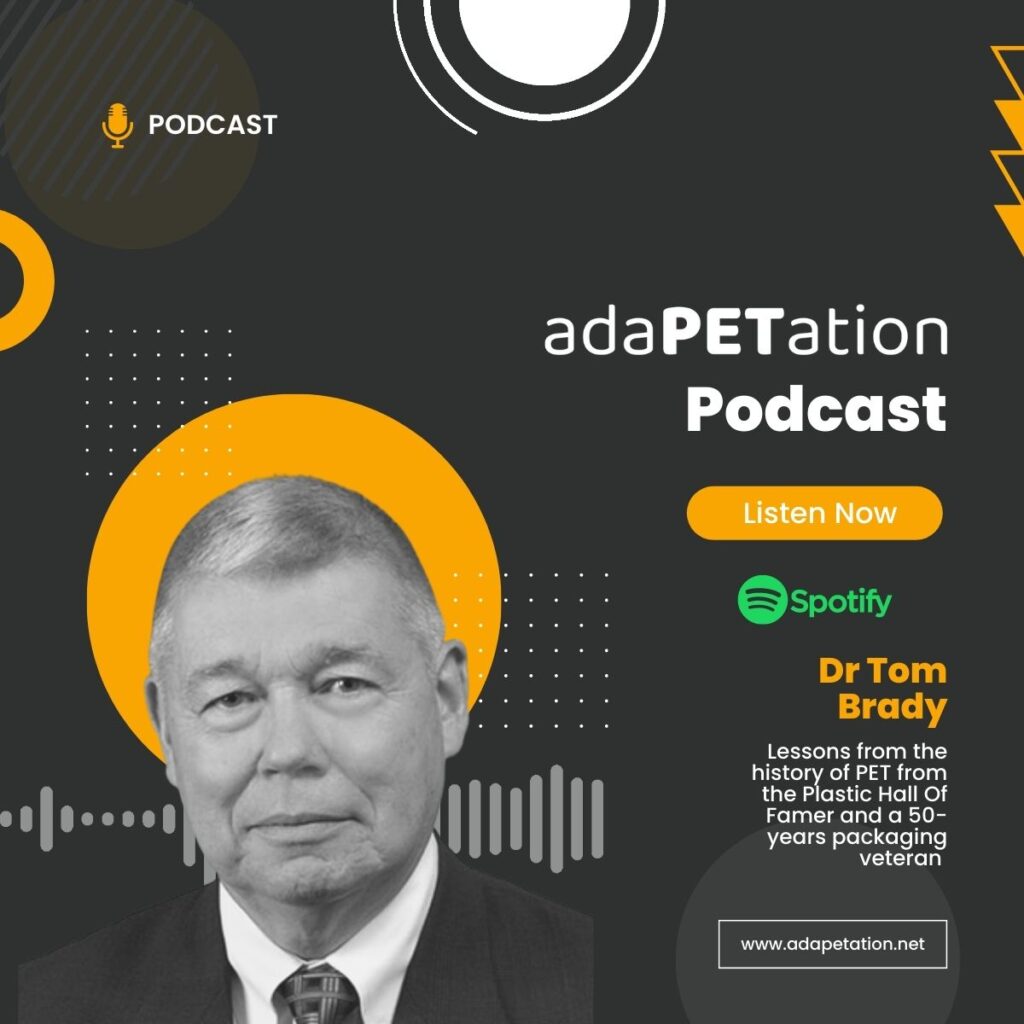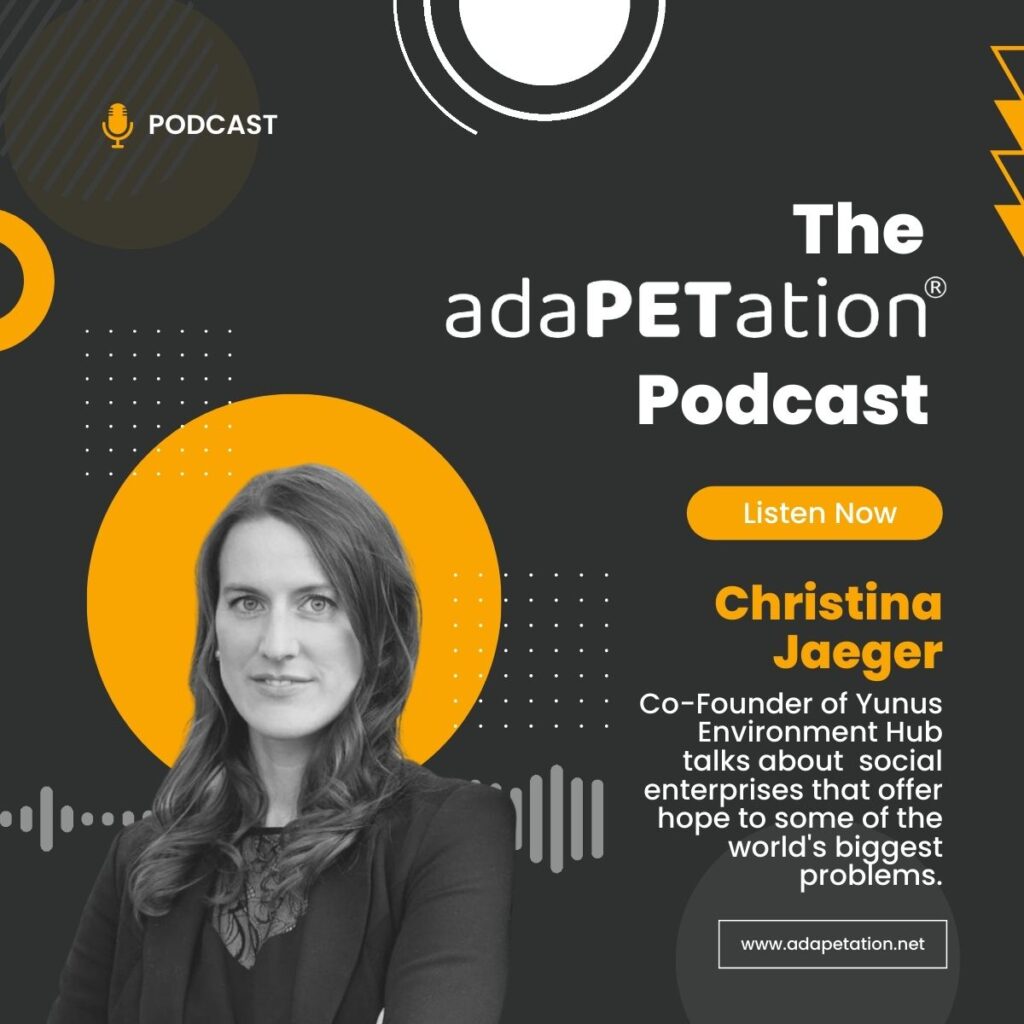
How did we get here and the reasons for the success of plastic in the modern era.

Humankind’s 150 year experiment with plastic began in 1869 when John Wesley Hyatt was inspired by an offer of $10,000 for anyone who could come up with a substitute for ivory.
The growing popularity of billiards had placed a strain on the supply of natural ivory, obtained through the slaughter of wild elephants.
Hyatt, by treating the natural polymer cellulose, derived from cotton fiber, with camphor, discovered a plastic, a “pliable and easily shaped” substance, celluloid, that could be crafted into a variety of shapes and made to imitate natural substances like tortoiseshell, horn, linen, and ivory.
Plastic to the Rescue
By unleashing this wonderful solution to solve the pressing problem of the day, Hyatt had not only saved wild elephants from extinction he had also freed humans from the limits of “natural growth” and the cumbersome limitations of relying on natural materials such as wood, metal, glass, stone, bone, tusk, and horn.
These synthetic polymers would protect the natural world from the destructive forces of human needs and help free us from the social and economic constraints imposed by the scarcity of natural resources.
The plastics revolution was born to save nature and free us from nature at the same time.
Over the next century, scientists discovered how to free plastics completely from their reliance on the molecules found in nature making their new inventions even more attractive.
By 1913, Edwin Brandenberger had discovered how to use viscose to develop the first plastic solution to prevent food waste. Cellophane was celebrated for its ability to extend the shelf life of perishables and for its waterproof properties.
Synthetic polymers, made up of long chains of atoms, arranged in repeating units to make them longer than those found in nature, formed a new family, perfectly suited to the futuristic feel of the 20th century.
These synthetic polymers were stronger, more lightweight, and more flexible than their natural cousins and it was their added resilience in the face of biodegradation that opened up their use for a multitude of different applications.
Plastic, like perhaps nothing else, was a confirmation of mankind’s 20th century divorce from nature, a miraculous product that allowed us to go it alone with a sense of renewed optimism in our own powers of self-determination, freeing us from the shackles of the past.
We headed into the modern era with a battalion of those synthetic polymers born from their newly separated parents – mankind and nature. Soon these plastics came to our rescue once again, pulling their weight when resource-strapped nations needed to ramp up production as the world slipped into war.
Bigger, better and cheaper. Plastics like polyurethane and nylon ticked the boxes for a world plunged into a battle for resources. Searching for solutions to the pressing needs of the time there was little thought from the scientists on how these new wonder products that enabled us to break ranks with the natural order of things would learn to live alongside the estranged, non-synthetic branch of the family.
How could that even be an issue when confronted by the runaway success of nylon stockings, toothbrushes and disposable syringes that filled people with post-war optimism?
Hello PET!
A new world order needed a new set of Gods. Polystyrene, polyethylene, polypropylene, polyvinyl, all joined the synthetic side of the family fueling the post-war rush to find better solutions to a new set of woes, a pressing need to rebuild and shape a better world.
By the time French philosopher and sensemaker of the time, Roland Barthes, wrote one of his mythologies to plastic in 1957, mankind was exploring infinite possibilities.
“Plastic is the first magical material that consents to be prosaic; but it is precisely because of its prosaic nature that it triumphs… an artificial substance, more fecund than all the world’s deposits… will command the very invention of shapes,” he wrote.
Barthes’ writings proved most prophetic as plastics found their way into all walks of life.
“It impacts on every aspect of our life and this isn’t just for convenience but also for health and safety so medical devices,” says Erica Ericksson, lead researcher at the National Renewable Energy Laboratory.
“The medical field has been able to accelerate its ability to treat disease and to move through all sorts of things that used to be considered deadly, that are no longer even considered to be a problem. It has really revolutionized the way we do almost every activity in our life.”
And yet despite all of its miraculous properties, our synthetic heroes have never found love, or commanded the level of recognition for bringing untold gains to society.
“In the poetic order of major substances,” wrote Barthes, “plastic is a disgraced material, lost between the effusion of rubber and the flat hardness of metal: it achieves none of the true productions of the mineral order: foam, fibers, strata. It is a shaped substance: whatever its final state, plastic retains a flocculant appearance, something opaque, creamy, and coagulated, an impotence ever to attain the triumphant sleekness of Nature…”
The Overachieving Child. A Product of a Loveless Marriage
By the time Dustin Hoffman’s hero of “The Graduate,” Benjamin, was taken aside to receive a ‘single’ word of advice from his father’s friend, Mr McGuire: “plastics, the material of the future” it seemed the world had already fallen out of love with the material.
Culturally, at least. By the 1960s, the word had evolved from a “pliable and easily shaped” material to become a symbol for cheap conformity and superficiality.
It didn’t stop Mr Maguire being right.
In the same year, the Graduate won the Oscar, Nathaniel Wyeth, a Dupont engineer started his search for a solution for carbonated drinks to be stored in plastic bottles. Ultimately he opted for polyethylene terephthalate, a resilient plastic patented in 1941 by John Rex Whinfield, James Tennant Dickson and their employer, the Calico Printers’ Association of Manchester, England.
Wyeth received the patent for his plastic bottles in 1973. Lightweight and flexible, PET revolutionized the food and other packaging industries, accelerating globalization by bringing down the cost of transporting a plethora of household products.
Its success was palpable and plastic production increased eightfold in the latter part of the 20th century from 25 million metric tonnes a year in 1970 to 187 million metric tonnes in 2000.
In the first 20 years of this century, the food’s favorite synthetic polymer, PET, has become the most prevalent form of plastic being produced with 583.3 billion plastic bottles a year, more than 1 million bottles a minute, expected to enter circulation in 2021. Packaging now accounts for 41% of all plastic produced in the world.
It’s remarkable to imagine how these synthetic polymers that helped us break free from our apparently ‘unhappy marriage’ with nature have become so dominant in our lives, to the point that it’s almost impossible to imagine living without them.
As Barthes wrote. “More than a substance, plastic is the very idea of its infinite transformation. As its vulgar name indicates, it is ubiquity made visible; moreover, this is the reason why it is a miraculous substance: a miracle is always a sudden conversion of nature.”

See how the plastic industry evolved with AdaPETation’s PET timeline.
Share it
Useful Links
THE HISTORY OF PLASTIC
Throughout the history of plastic, PET has been crucial in keeping food fresh with lightweight and durable packaging solutions that have helped reduce food waste for almost a century. Learn all about the invention of plastic and the important role it has played feeding people and saving the lives of humans and elephants in the adaPETation® timeline of the history of plastic.





